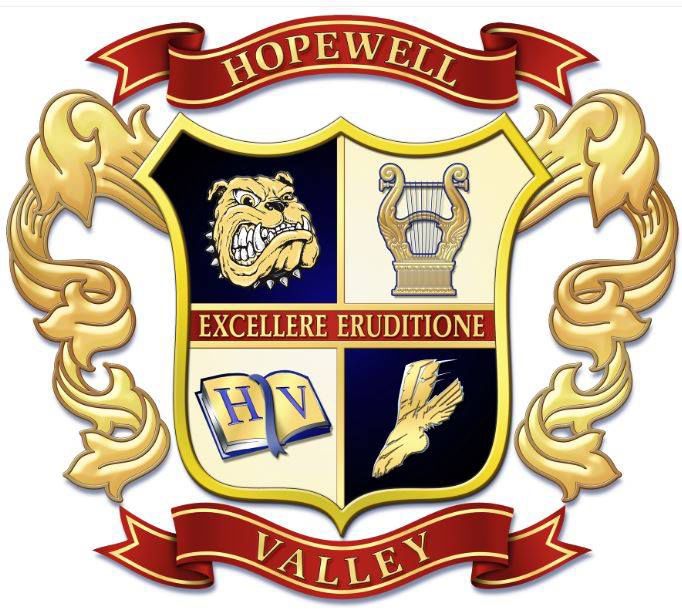By Frank Mustac, Contributor
Students enrolled in STEM classes at Bear Tavern Elementary School taught Board of Education members what engages them in the disciplines of science, technology, engineering and mathematics.
According to school officials, the district’s STEM program offers students a specialized hands-on, inquiry-based, instructional program that focuses on the subjects’ four disciplines and provides students with ‘a school-within-a-school’ experience.
The classes are open to all students in the district and selection is based on a screening process that occurs each spring.
Several fourth- and fifth-graders from the STEM program attended the Oct. 17 school board meeting to share their findings and experiences. The students sat in a circle in the middle of the board members, who were seated at tables arranged in a semi-circle around the students.
Bear Tavern Principal Christopher Turnbull said the circular seating arrangement is similar to what are called Socratic seminars, where the fifth-grade students “work in small groups or even circle-up as a class to talk about certain topics.”
During the meeting, the students talked about making new friends in the program and collaborating with them on designing and building projects. Some examples included the construction of an ankle brace using a 3D printer to manufacture parts and an alarm system using a simple electric circuit that goes off when the water level in a pet’s drinking bowl gets too low.
“It’s important to learn with new brains,” one student said, repeating what STEM teacher Christina Overman often says in class about developing the flexibility to work with different and sometimes unfamiliar people. Maureen Farina is another STEM instructor at Bear Tavern Elementary School.
Teamwork, the students agreed, is also an important part of STEM.
A pair of methodologies with which the youngsters are well versed seem to promote collaboration among the students to start and complete their projects by using critical thinking skills to solve problems encountered along the way.
One methodology is called the “engineering design process.” The other is known as “growth mindset.”
The engineering design process consists of five steps: “Ask what the problem is and what are the constraints; imagine by brainstorming ideas and selecting the best ones; plan by drawing a diagram and gathering needed materials; create by following the plan and testing it out; and improve by discussing what can work better.”
If a pupil’s plan is unsuccessful, they go back and repeat the steps to make changes.
Growth mindset involves taking on a positive attitude. Students are encouraged to tell themselves that they can “grow” their brains both literally and figuratively; that they “want to get better” at a skill or task; that hard work brings success; that trying different strategies can lead to finding effective solutions to problems; and that mistakes help them learn.
One motto of the STEM program, according to the students, was that “mistakes are proof that you are trying” and to never give up.
Some students described a few “epic failures” that helped them see what they did wrong with a particular project.
“It’s important to be persistent and not give up when something does not go your way,” one student said. Others said it is important to open yourself up to other people’s opinions and collaboration.
“You can also ask for help,” another student said.
Some additional projects the students described include building a sound speaker utilizing electromagnets, as well as a civil engineering project involving bridge design.
“We just do a lot of stuff that ties into the real world,” a student said.
Superintendent of Schools Thomas Smith described the students’ presentation to the board of education as an “epic success.”
For more about the STEM Magnet Program, visit the Hopewell Valley Regional School District website at www.hvrsd.org.

